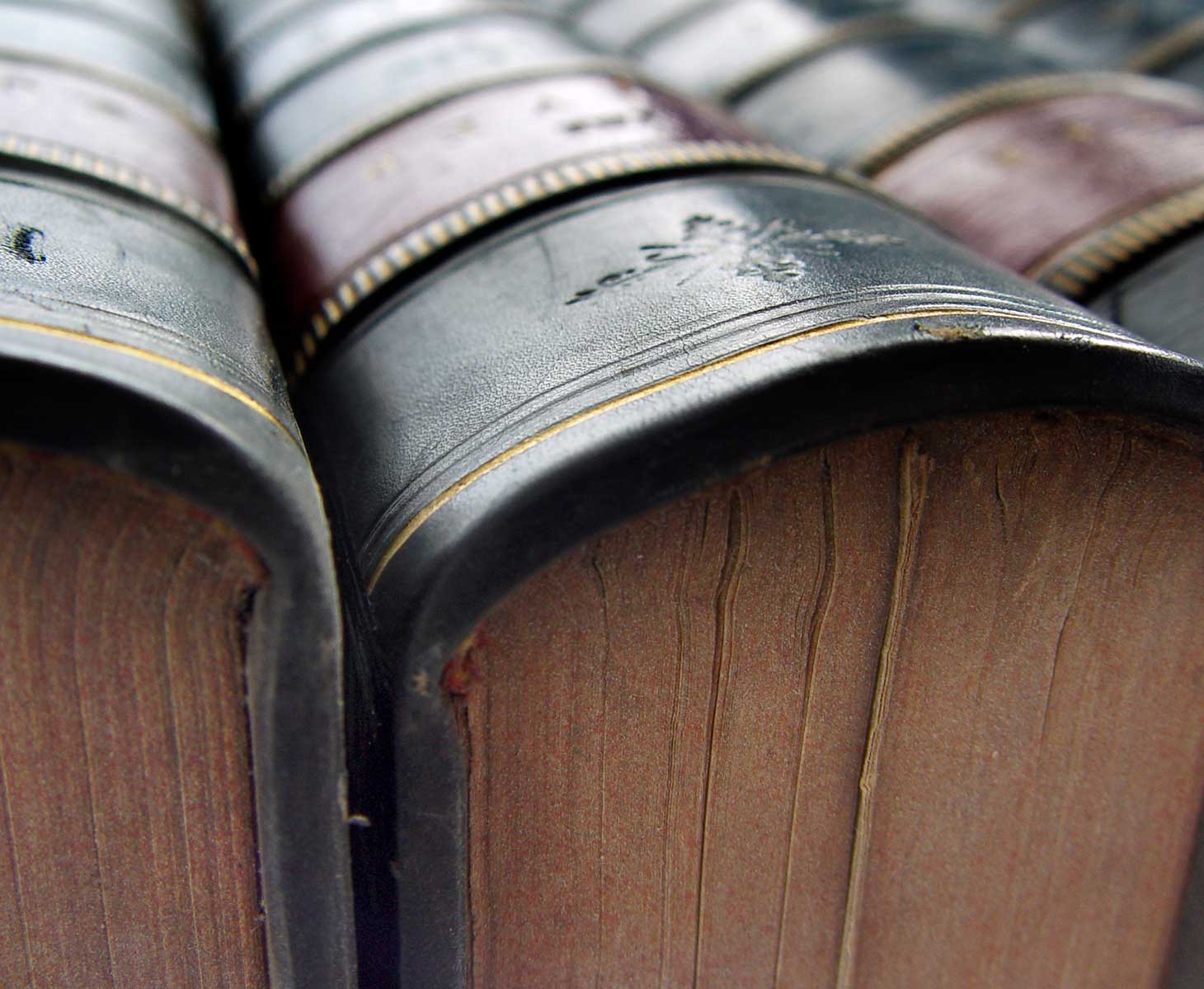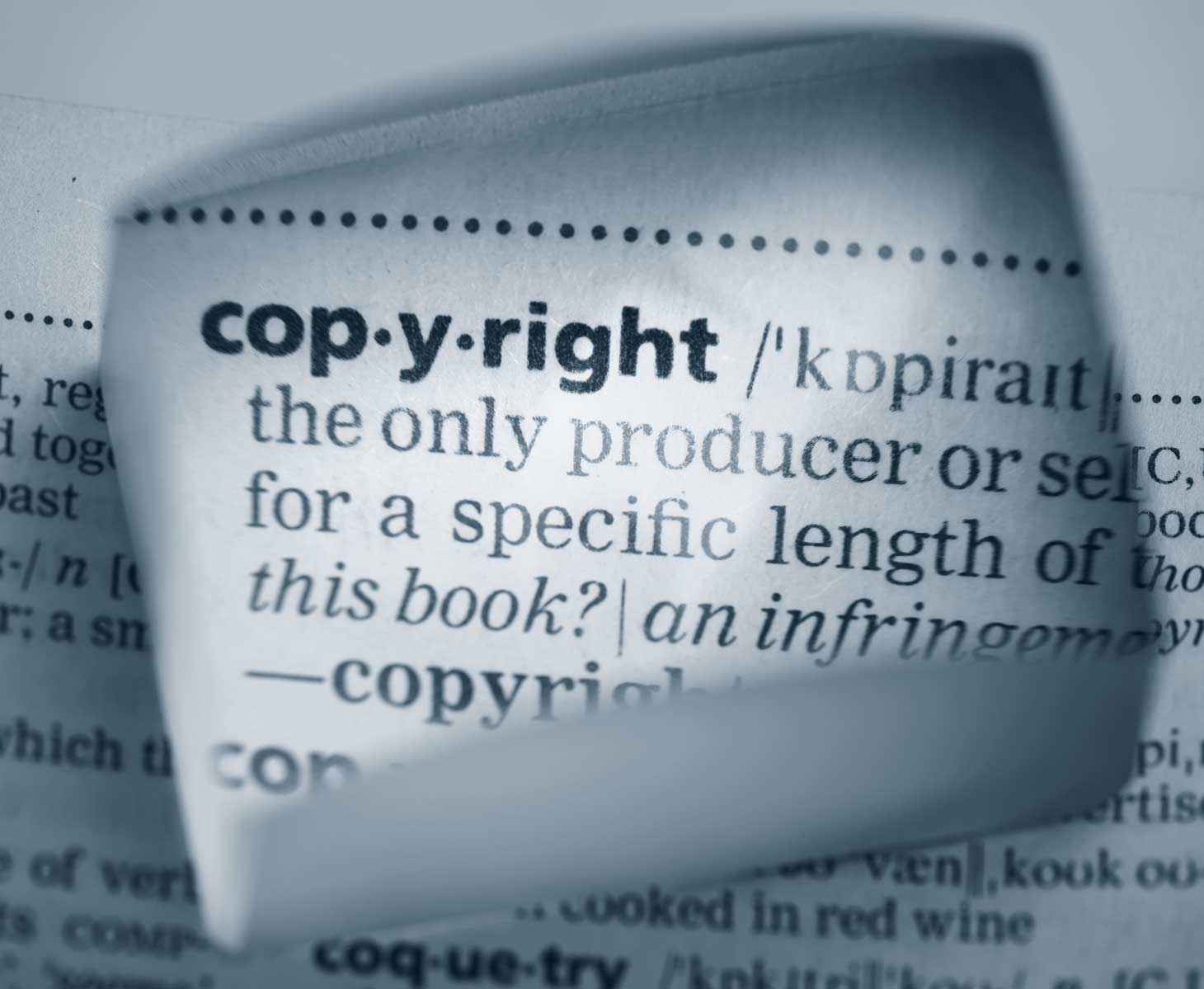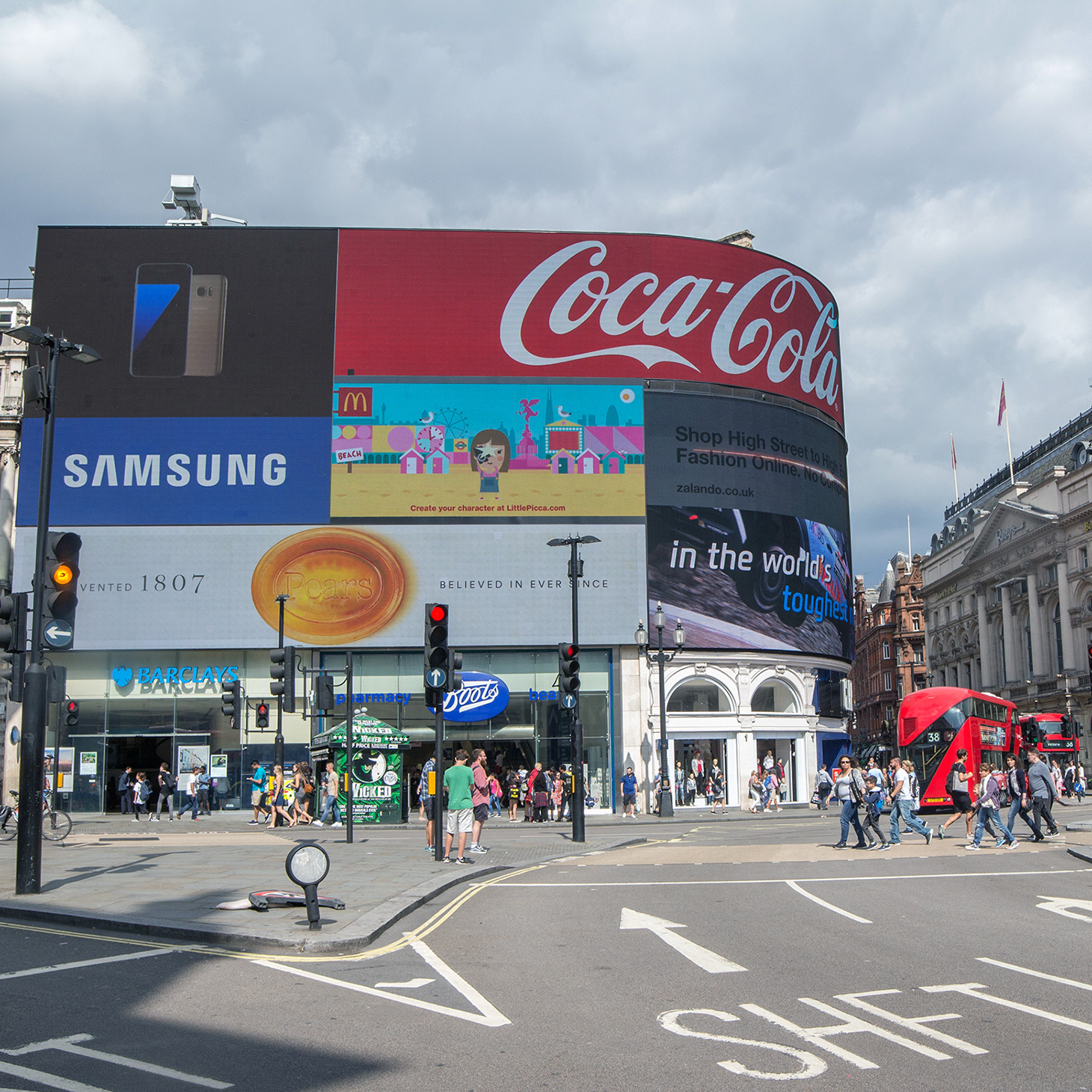Copyright is a not a monopoly right. It is really exactly what it says: a right to stop anyone copying. Thus, for example, if you and another person stand at the same spot and each take a photograph of the building opposite, each of you will have an identical photograph, the third party will have Copyright in his negative, you will have Copyright in your negative. Each of you will be free to produce postcards made from your negatives. The third party will not infringe the Copyright in your negative, and you won't infringe the Copyright in the third party’s negative. This applies even if you took the photographs at different times.
2. Copyright does not subsist in an idea. Copyright only subsists in the particular form in which that idea is represented, and arises without cost or registration as soon as the representation has been completed by its author.
Under UK law the representations of creativity in which Copyright subsists are:
- original literary, dramatic, musical and artistic works;
- sound recordings, films, broadcasts, and cable programmes
You may care to note that there is no copyright in the performance of a work, only in its record or broadcast. Accordingly, taping a concert does not infringe Copyright, and hence this activity is prevented by the contractual terms governing entrance to the venue - and which are usually printed on the ticket. A "literary work"; includes a computer program, and by "artistic work" one means paintings, sculptures, drawings, engravings, and photographs (all irrespective of artistic quality), works of architecture (i.e. buildings and models of buildings), and works of artistic craftsmanship.
In many cases, it is extremely difficult to determine whether any particular creation constitutes a "work of artistic craftsmanship". In the case of Henshaw -v- Restawhile a team of three craftsmen designed a new sofa by making a frame and covering it with appropriate materials. The case went through the High Court, Court of Appeal and House of Lords before the final decision deemed such team work "a work of artistic craftsmanship". That case involved a total of 9 judges but in the end it was only 5 of them that took that view.
3. Another difficulty with Copyright law is that it is necessary to prove that copying must have taken place at each stage from initial creation of the original work up to production of the competing product. Thus, for example, the designer at The Initiation Company draws a sketch of a garment, gives it to a pattern cutter who produces patterns that are then used for cutting up pieces of cloth which are then sewn together to form a garment reflecting the initial sketch made by the designer. That garment is put on sale by The Initiation Company and seen by the MD of The Chapper Company. He buys The Initiator Company's product, hands it to his designer or pattern cutter such that fresh patterns are made and used to prepare cut pieces of cloth that are likewise sewn together to produce the competing product that is eventually sold by The Chapper Company. Under Copyright law each stage of this procedure must be deemed to involve a copying step, if Copyright in the original drawing is to be deemed infringed (see Gleeson -v- Denne).
4. It was difficulties such as these, as well as many others, which brought about the introduction of a new right in the UK. The piece of legislation which introduced it was the Copyright Designs & Patents Act 1988. It is something called an Unregistered Design Right, now more usually Design Right which last ten years from first marketing or fifteens years from creation based on which term finishes earlier. This is a right very similar to Copyright in that, to succeed in infringement proceedings, it is necessary to prove that an act of copying must have occurred. However the main difference is that the "original work" in which the design right subsists is the product that is first put on the market, rather than the original creative work which initiated the product. The European Union has now followed this initiative with Council Regulation (EC) No 6/2002, which institues a similar Unregistered Design Right, however unlike the UK it only last 3 years from creation. In other words, to succeed under Design Right Law Company Abe merely has to show that it first marketed its product "X" in the UK on such and such a date, and that the product "Y" produced and offered for sale in the UK by The Chapper Company is a copy of it. The chain of copying events is thus reduced in length.
5. You may suppose that "copy" might mean an exact copy. That is not the case. Taking a "substantial part" of the material in which Copyright or Design Right subsists is sufficient to be deemed an infringement. Whether "a substantial part" is judged quantitatively or qualitatively is something still being discussed and there are cases going either way. Certainly the older view in law is that the matter is judged qualitatively rather quantitatively.
6. We have already mentioned that, in order to acquire Copyright, the creator of the work must merely complete it. As soon as the artist or writer lifts his pen from the paper, there is Copyright subsisting in that work. No registration or other formality needs to be taken and no fees need to be paid. The author of the work should put his name at the bottom and date it. If he is an employee or has been commissioned to produce that work, he should also add a sentence along the lines "I hereby assign all Copyright and other rights in and arising from this work to ..." whoever is the person entitled to the arising Copyright.
7. When The Initiator Company claims that Copyright in his original work is being infringed, The Chapper Company might say "this Copyright work wasn't created in 1993 as you say, you only drew your designs yesterday - after I started selling the product". In order to avoid such arguments, it is a good idea for each person who creates a Copyright work to make a photocopy of it and post it to himself by recorded delivery in an appropriately marked envelope. The envelope, when it arrives, should be kept unopened and filed away with the recorded delivery slip. If and when any litigation arises, the envelope can be opened by a Solicitor, Notary Public, or Patent Agent/Attorney who can provide testimony corroborating the evidence provided by the plaintiff as to the date when the work was created. Alternatively a sealed envelope containing a copy may be lodged with a co-operative solicitor, library or bank, for example. Similar details of first marketing should also be preserved for the purposes of any Design Right proceedings.
8. Products originating from works the subject of Copyright should be marked with the usual "C in a Circle", followed by the year when the work was first created (i.e. when it was first written, drawn or carved) and by the full name of the Copyright owner. For a product entitled to Design Right, the marking should simply say "UK Design Right 20.." specifying the year of first marketing, and also the full name of the Design Right owner. For a product entitled to EU Design Right, the marking should simply say "EU Design Right 20.." specifying the year of creation, and also the full name of the Design Right owner.
The comments above should not be regarded as a definitive statement of the law and are provided for general information purposes only. For further details, advice, and an indication of likely costs, please contact us.





